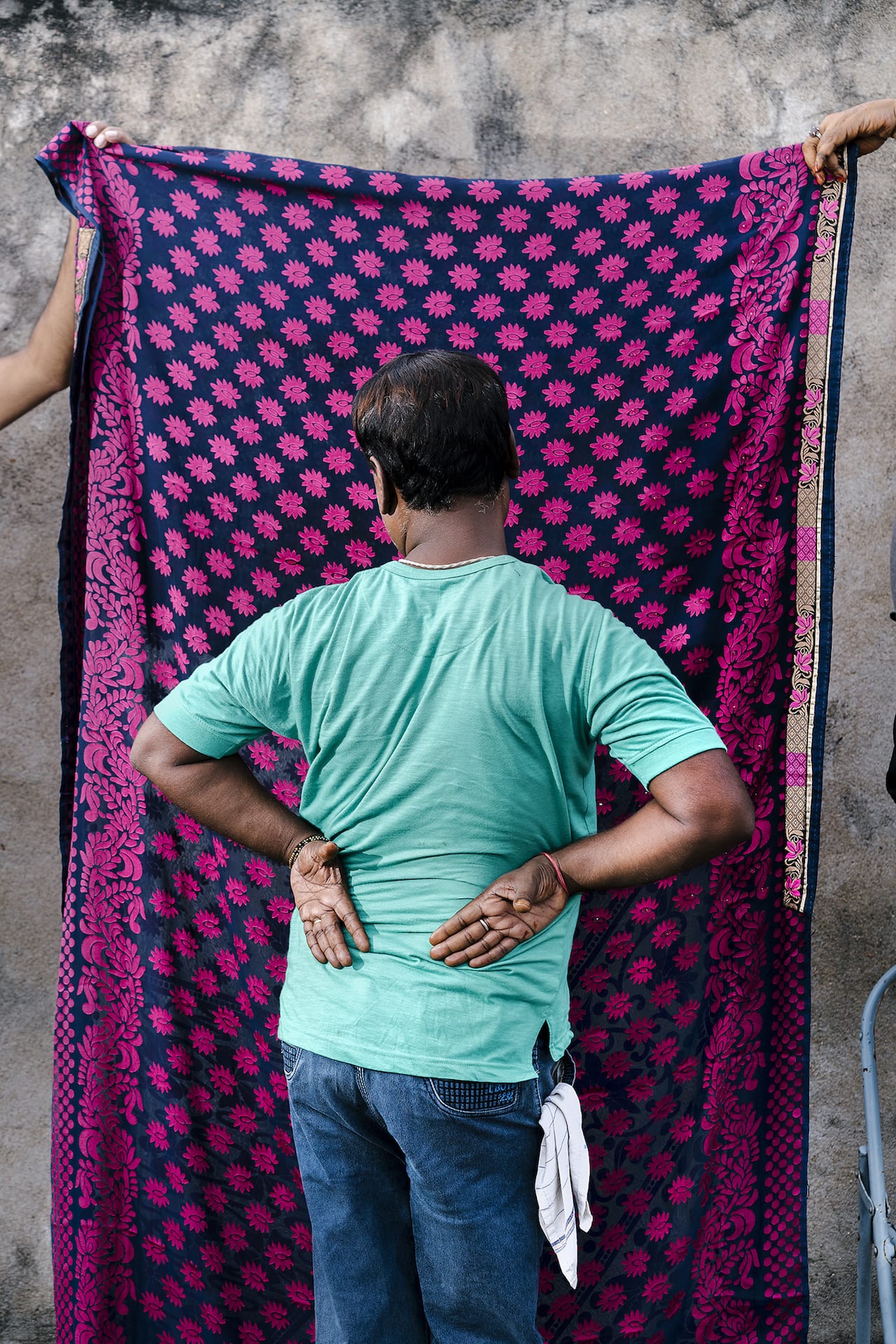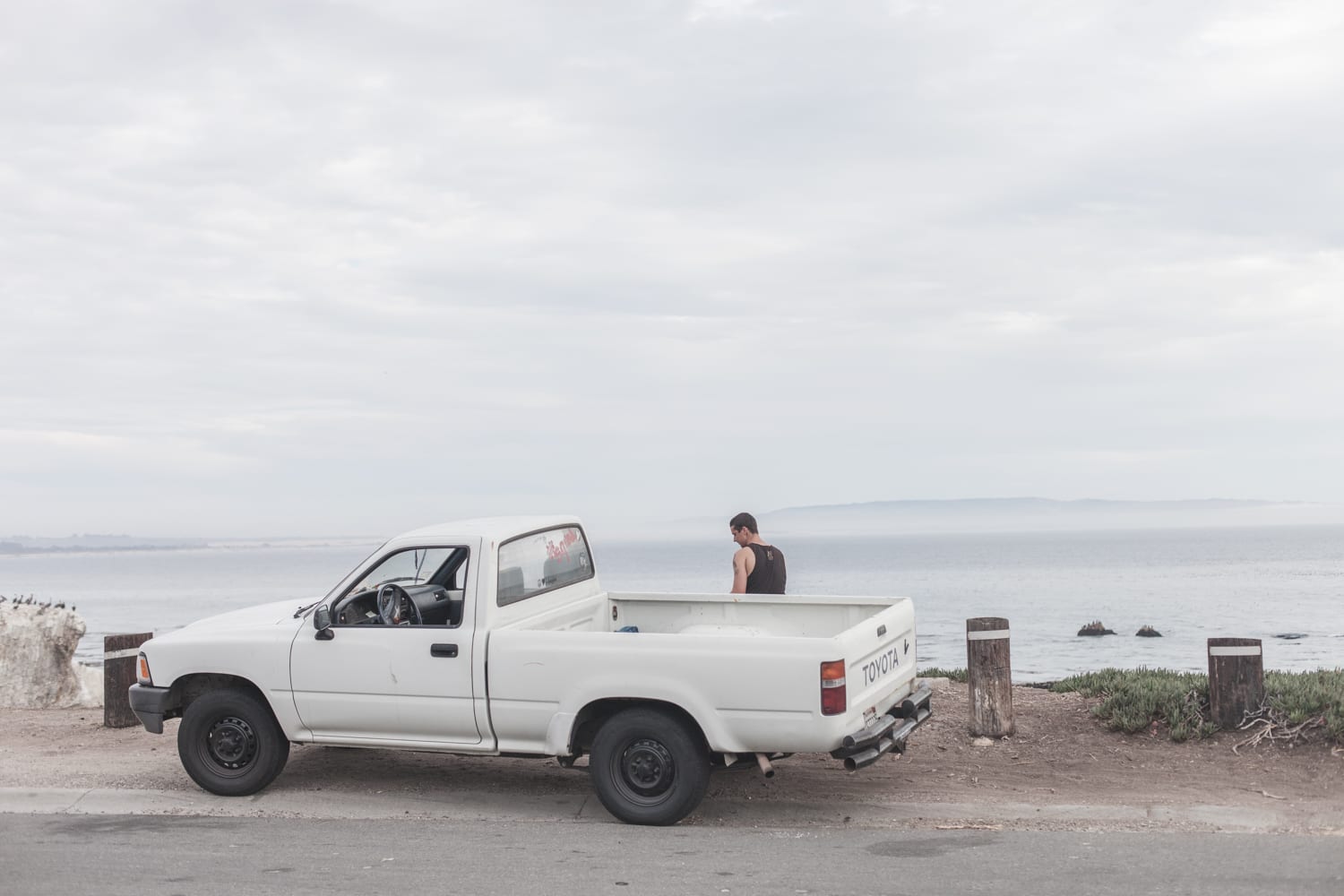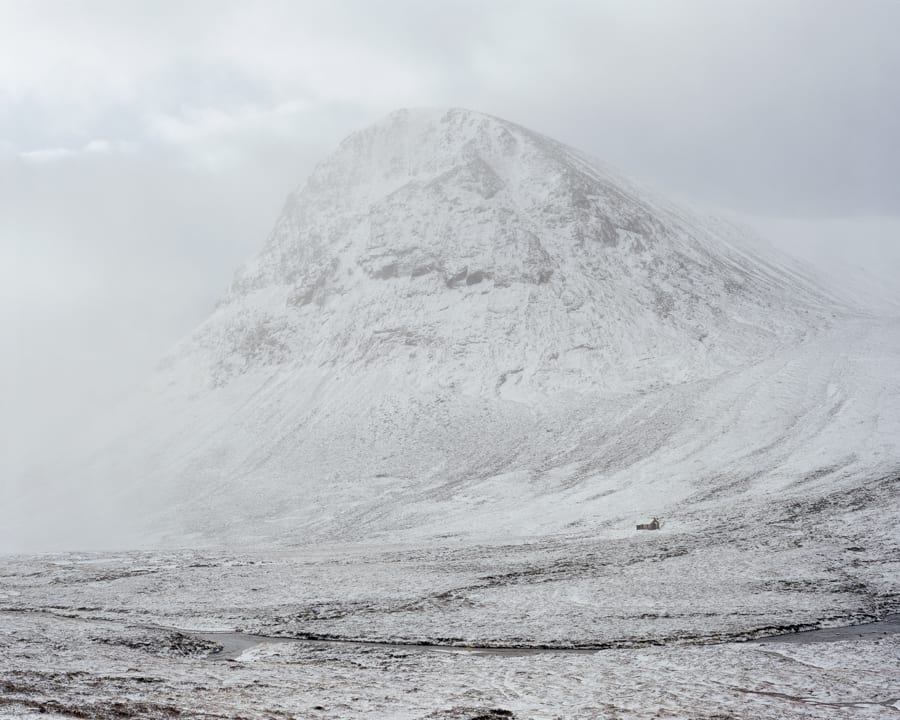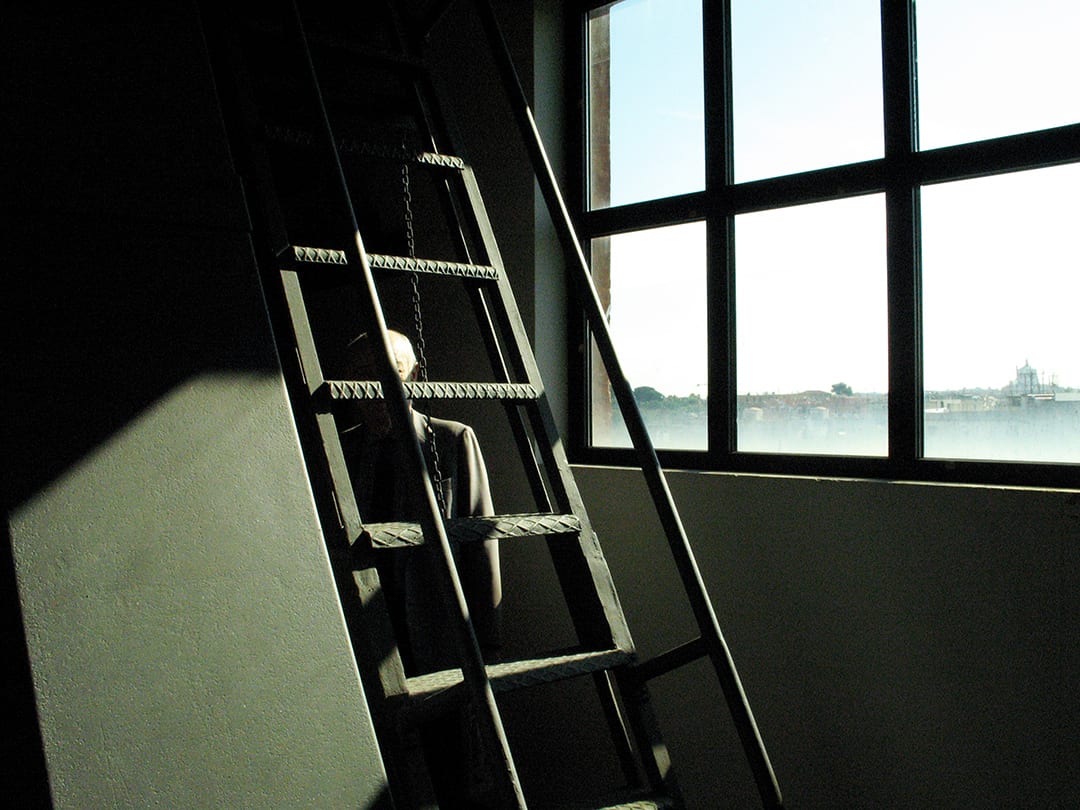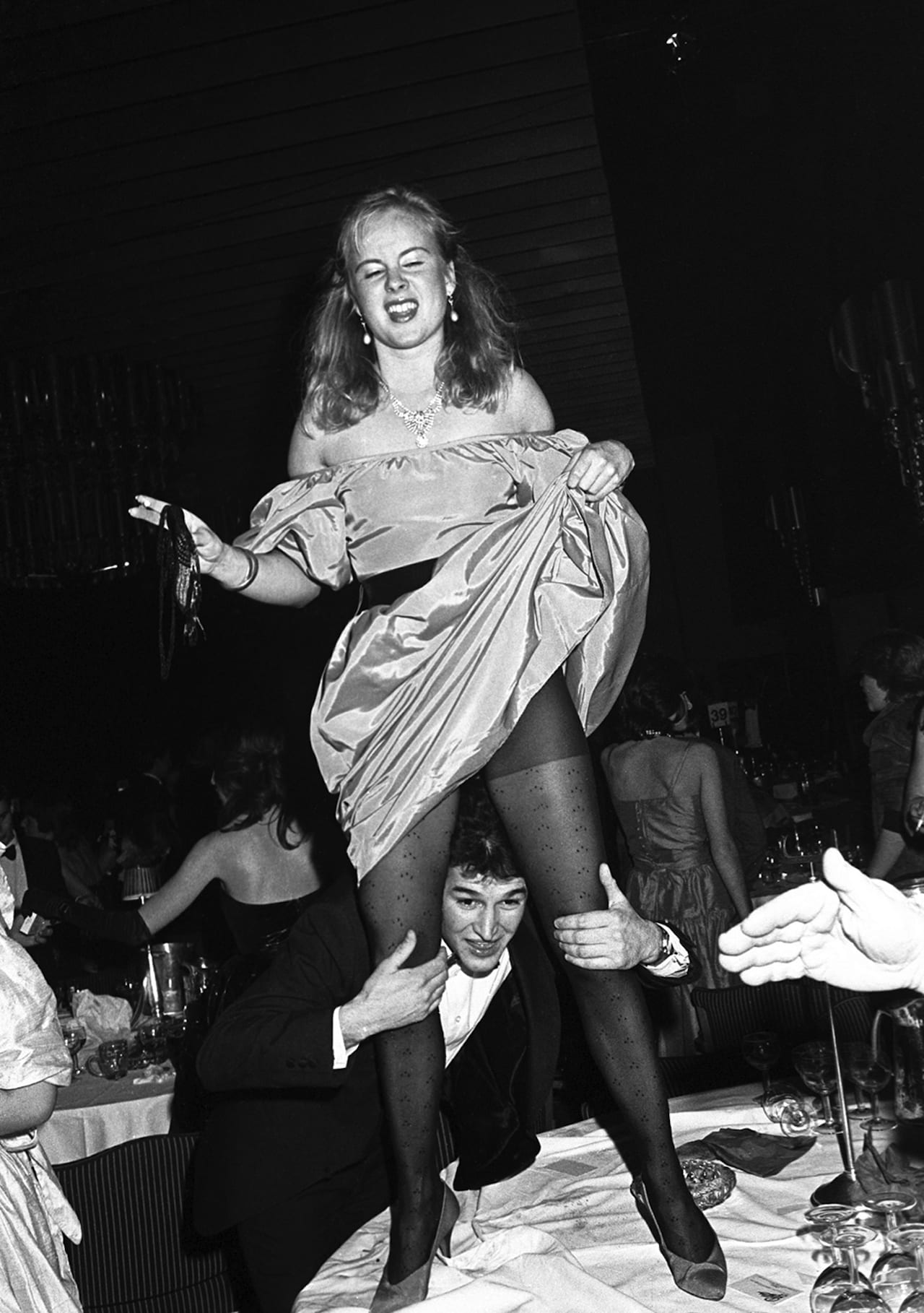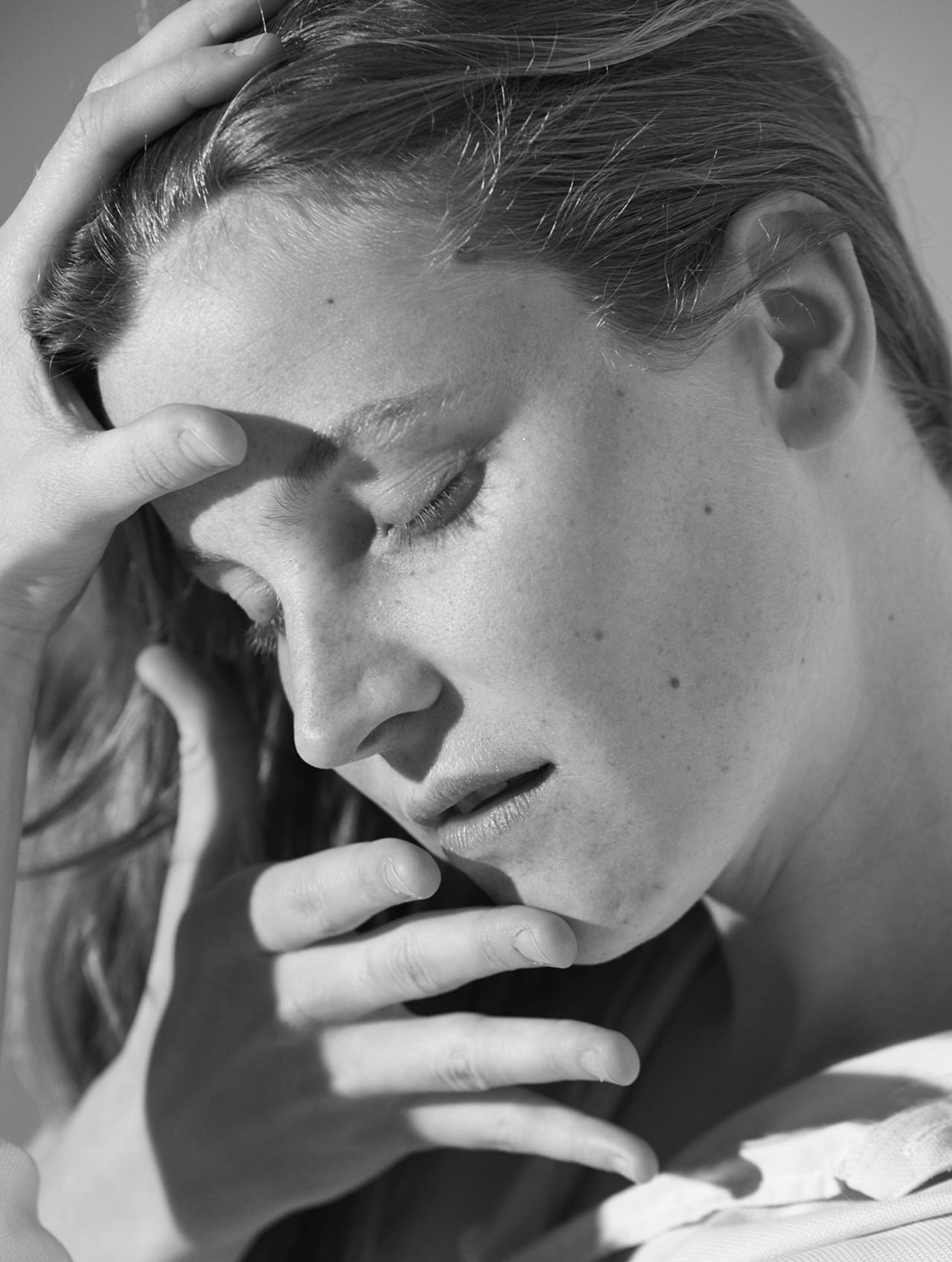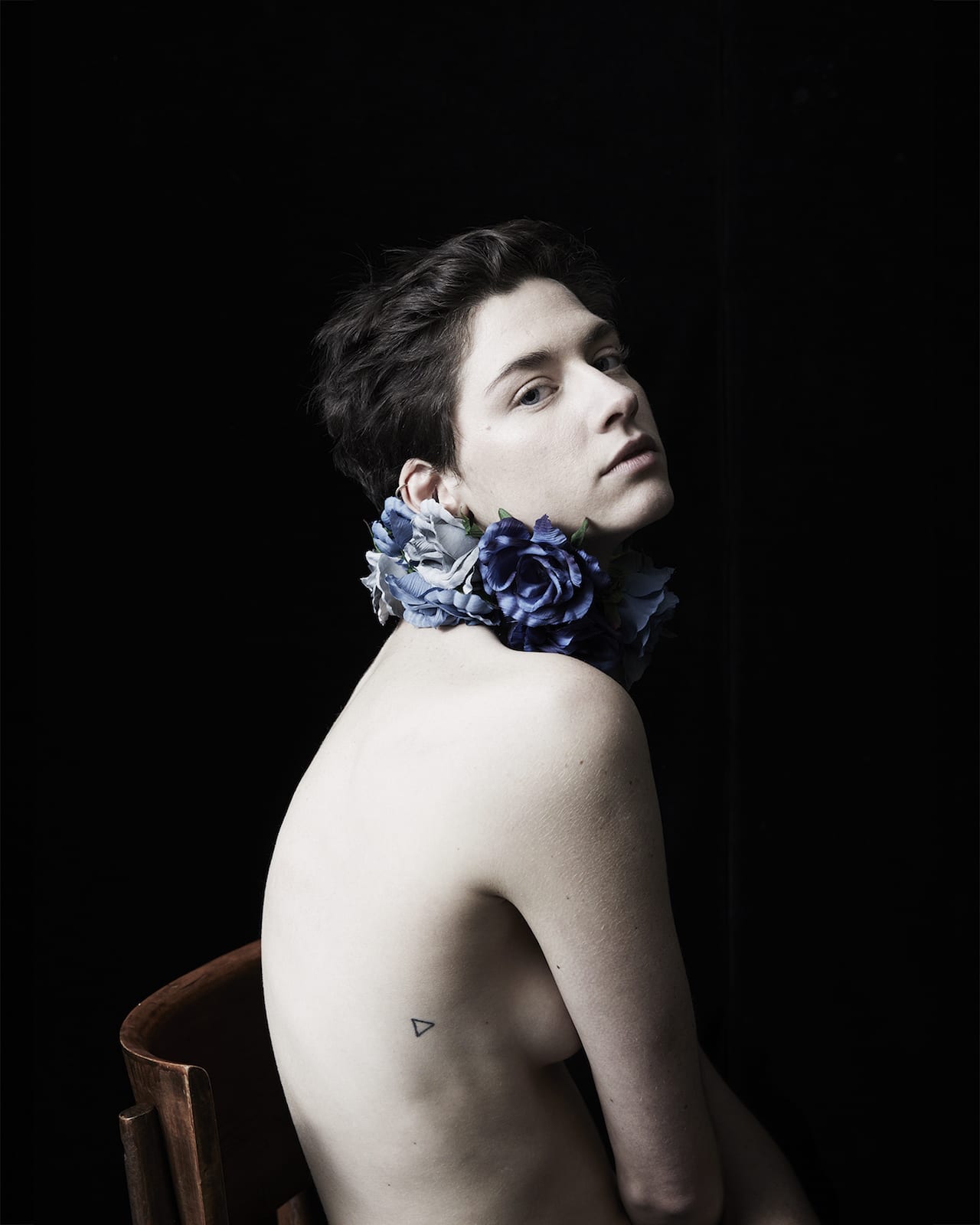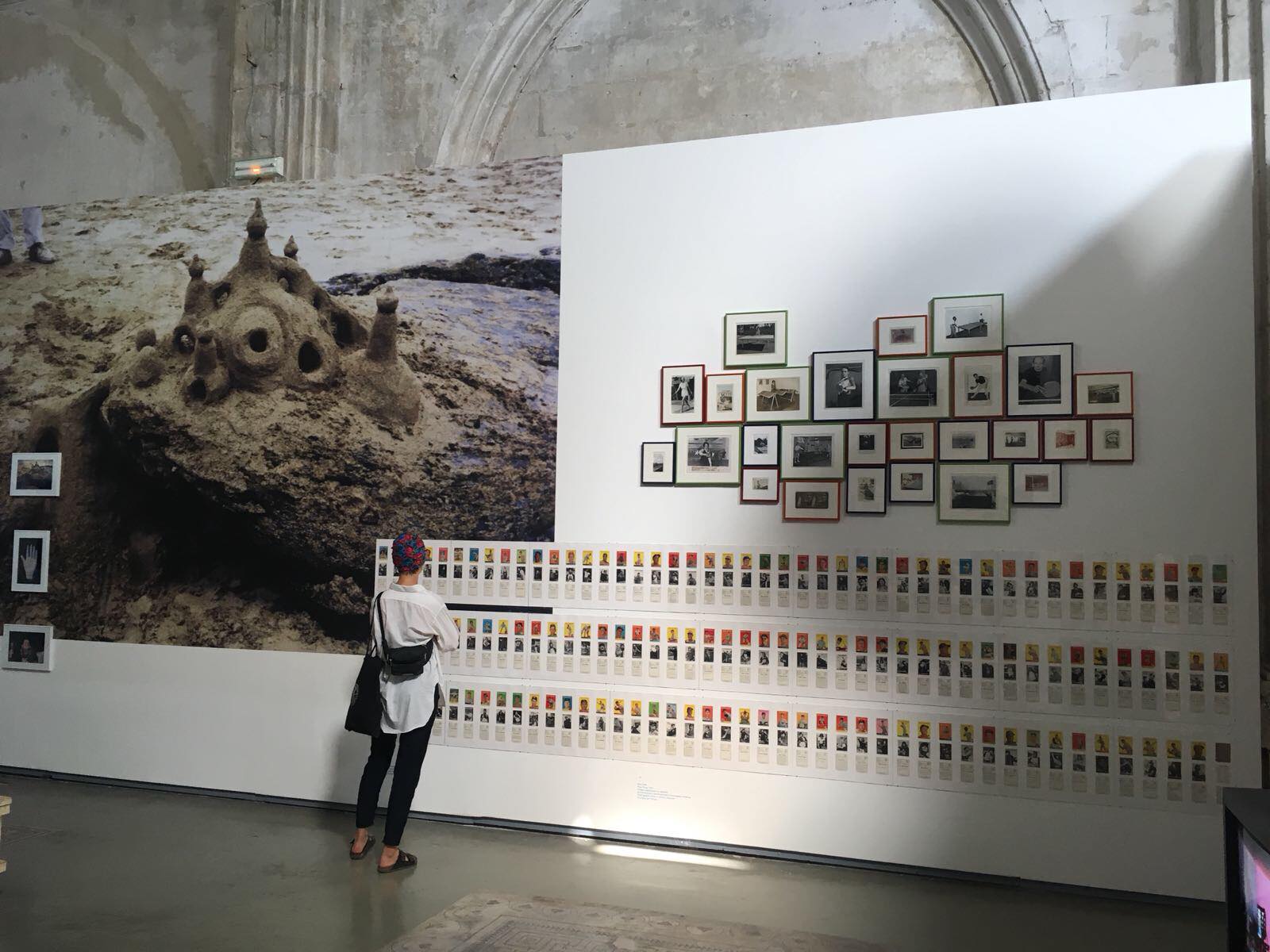As the apps we use become a bigger part of our daily routines, the line between our digital and real lives is increasingly blurred. “But there’s a tension point where privacy comes in which makes everything even more complicated,” says VICE editor in chief Ellis Jones. How much of ourselves do we share publicly and how do we decide which pieces to share? Which labels do we use to describe ourselves? And how do we avoid others imposing labels onto us? These are a few of the questions posed in “The Privacy and Perception Issue”, VICE’s annual photography magazine.
